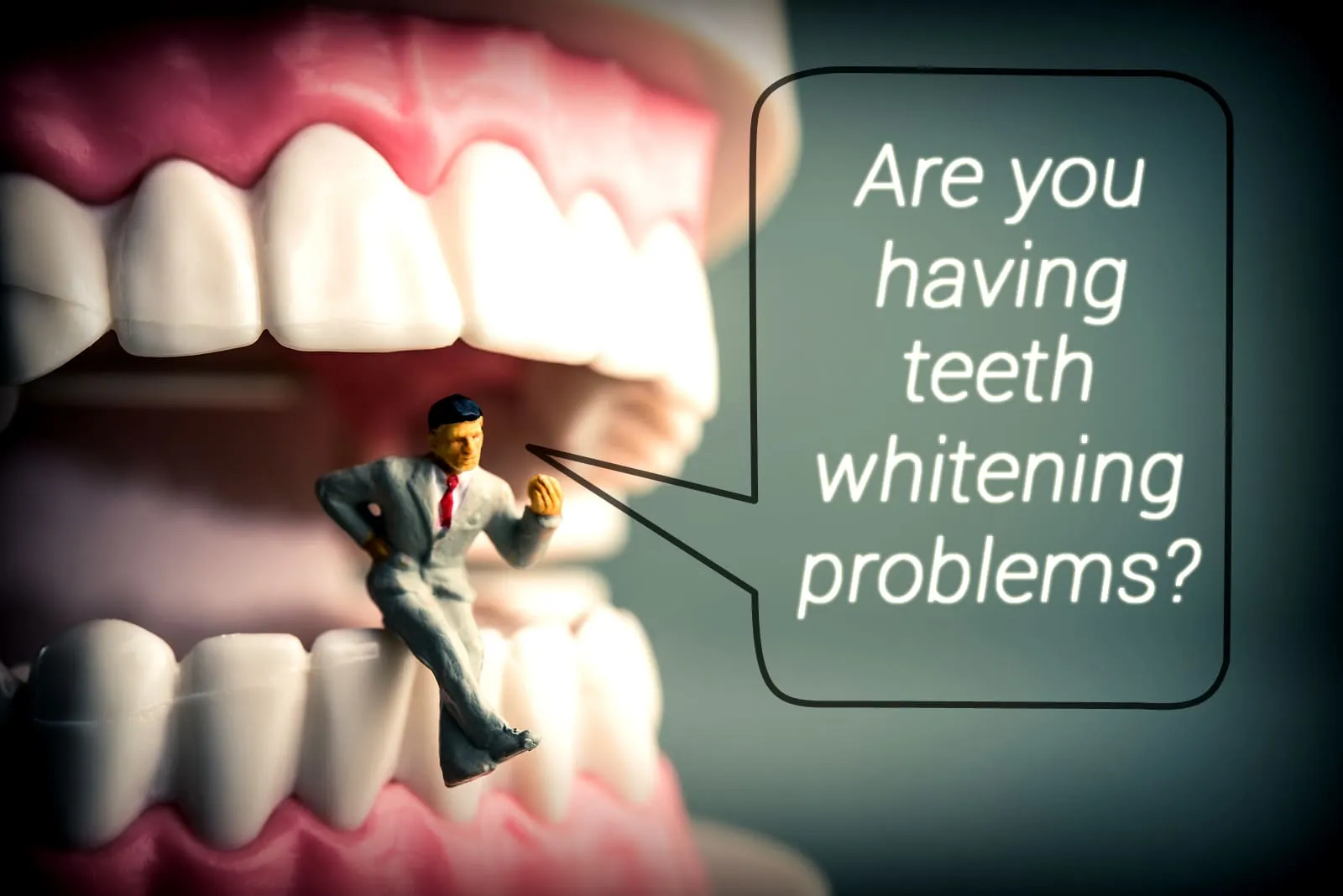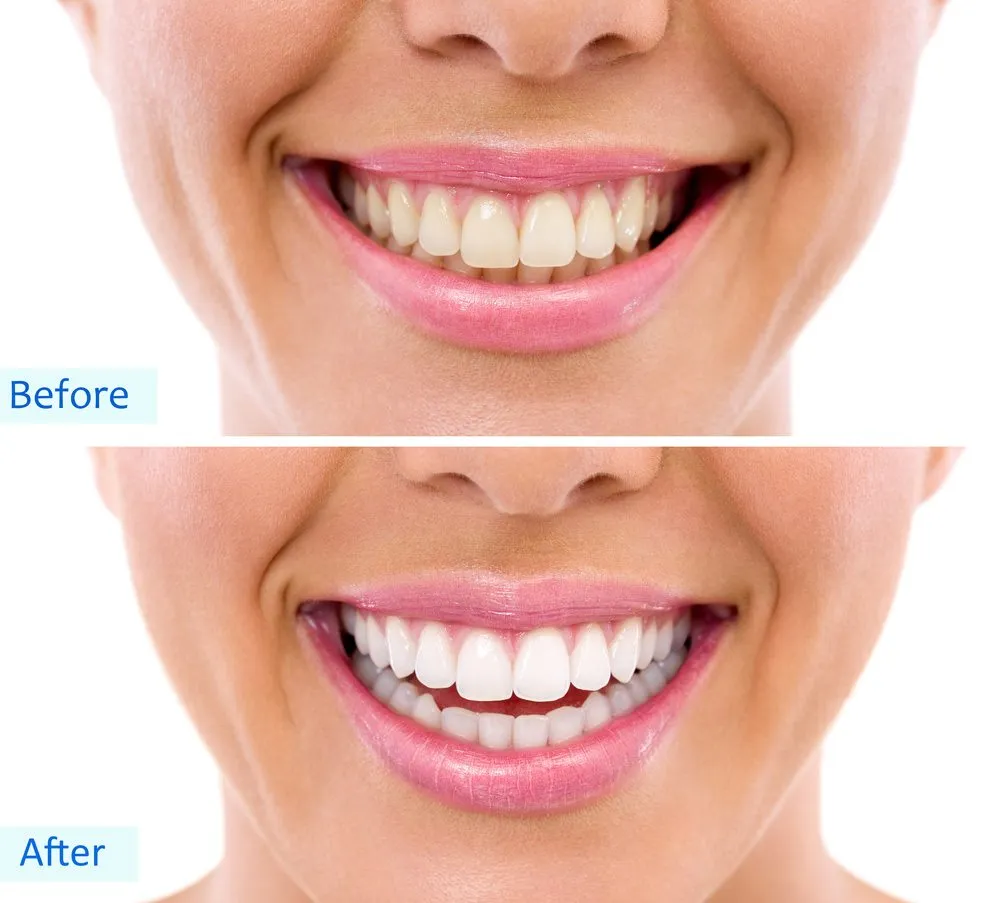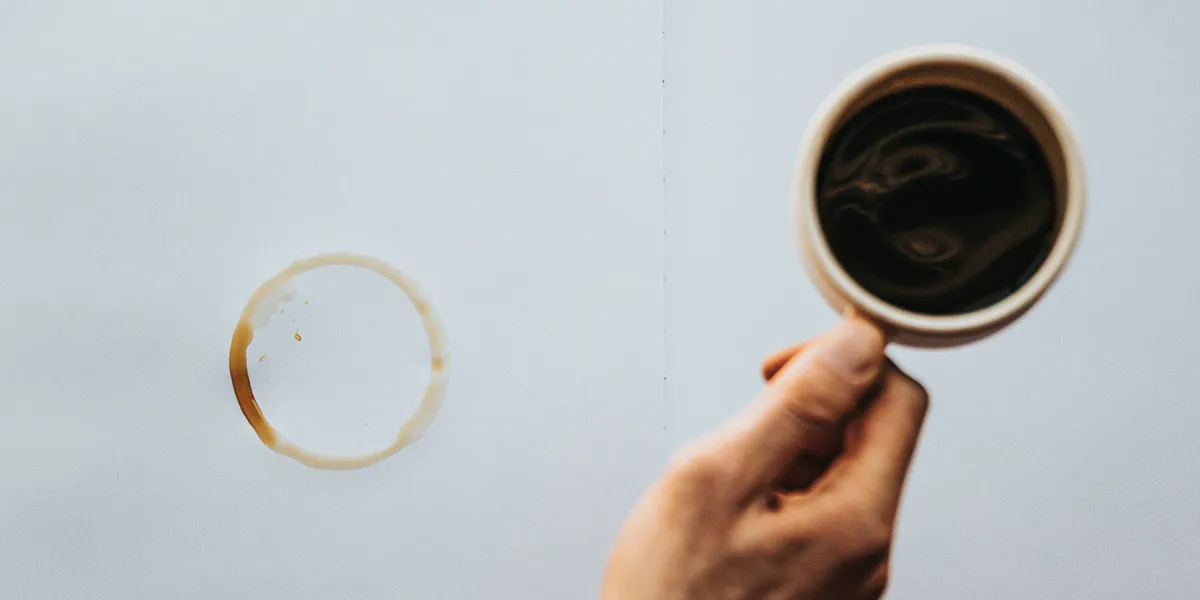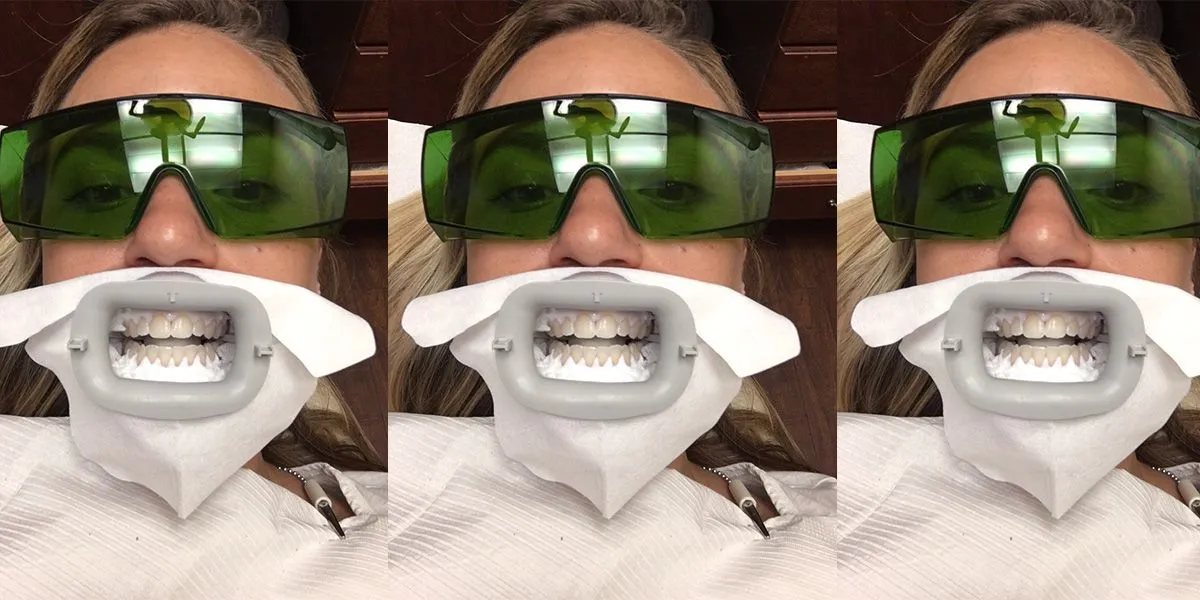Understanding Teeth Whitening Pain
Teeth whitening is a popular cosmetic procedure, but many people are concerned about the potential for pain. The sensation of discomfort during or after the procedure is common, and it can range from mild sensitivity to more intense pain. Understanding the factors that contribute to this pain, and how to manage it, is essential for anyone considering teeth whitening. This article delves into the science behind the pain, the different types of procedures, and how you can minimize discomfort and maximize your experience with a brighter smile.
The Science Behind Teeth Sensitivity
Teeth sensitivity during whitening is primarily due to the nature of the bleaching agents used. These agents, typically hydrogen peroxide or carbamide peroxide, penetrate the enamel and dentin of the teeth to break down the stain molecules. This process can irritate the nerves within the teeth. The dentin, which is a layer beneath the enamel, contains microscopic tubules that lead to the pulp of the tooth, where the nerves reside. When these tubules are exposed or irritated, it can lead to sensitivity.
How Does Professional Whitening Work

Professional teeth whitening involves a dentist or a trained dental professional applying a high-concentration whitening agent directly to the teeth. This is usually followed by the use of a special light, such as a laser or LED, to accelerate the whitening process. The entire process is carefully monitored to ensure the safety of the gums and teeth. The professional setting allows for stronger solutions and more precise application, leading to quicker and often more dramatic results than at-home methods. This is in contrast to over-the-counter products which typically contain a lower concentration of bleaching agents.
The Whitening Process Explained
The professional teeth whitening process typically involves several steps. First, your dentist will examine your teeth to ensure you’re a good candidate for whitening. Next, your gums will be protected with a barrier to prevent irritation from the whitening agent. The whitening gel is then applied to the teeth. A special light is then used to activate the whitening agent, this light can also be applied multiple times during one visit. After the treatment, your dentist will give you instructions on how to care for your teeth, including what foods and drinks to avoid to maintain your new, bright smile. This entire process typically takes between 60 and 90 minutes.
Factors Influencing Pain Levels
Several factors can influence how much pain you experience during teeth whitening. The concentration of the whitening agent is a significant factor; higher concentrations often lead to increased sensitivity. Individual tooth sensitivity varies from person to person, some people naturally have more sensitive teeth than others. The type of whitening procedure also plays a role, with in-office treatments potentially causing more intense but often shorter-lived discomfort compared to at-home methods. Furthermore, pre-existing dental issues, such as cavities or gum disease, can exacerbate pain levels.
Individual Tooth Sensitivity

Tooth sensitivity can differ significantly from one individual to another. Some people naturally have thicker enamel, which provides a greater barrier against sensitivity. Others may have thinner enamel or existing micro-cracks in their teeth, making them more vulnerable to the effects of whitening agents. Factors like genetics and previous dental treatments can also play a role in the overall sensitivity of your teeth. It’s essential to discuss your sensitivity history with your dentist before undergoing the procedure so they can tailor the treatment accordingly.
Concentration of Whitening Agents
The strength of the whitening agent directly affects the potential for pain. Professional whitening treatments use higher concentrations of hydrogen peroxide or carbamide peroxide than at-home products. While this can lead to faster and more dramatic results, it also increases the likelihood of sensitivity. Your dentist will assess your teeth and sensitivity levels to determine the appropriate concentration. Adjustments can be made during the procedure to minimize discomfort, such as using a lower concentration or applying the whitening agent for shorter periods.
Type of Whitening Procedure
The method of teeth whitening also impacts the level of pain experienced. In-office whitening, which uses stronger solutions and often involves the use of a special light, may result in a more intense but often temporary discomfort. At-home whitening kits, which utilize lower-concentration gels applied via custom-fitted trays, typically cause less pain, but may require a longer treatment duration to achieve desired results. The duration of contact with the whitening agent, whether in-office or at home, can affect sensitivity levels as well.
Common Causes of Pain During Whitening

Pain during teeth whitening often arises from several sources. Tooth sensitivity, primarily triggered by the bleaching agents, is the most common cause. Irritation to the gums is another frequent issue, particularly if the protective barriers aren’t properly applied or maintained. Pre-existing dental issues, like cavities or small cracks in the teeth, can intensify the discomfort. Understanding these common causes helps in managing and mitigating the pain associated with the procedure.
Sensitivity to Cold and Heat
One of the most reported side effects of teeth whitening is sensitivity to temperature, specifically cold and heat. This occurs because the whitening agents temporarily open the pores in the enamel, exposing the nerves in the teeth. This heightened sensitivity can make it uncomfortable to eat or drink cold beverages or hot foods. The sensitivity usually subsides within a few days to a week after the whitening treatment. Using desensitizing toothpaste before and after the procedure can help to alleviate this discomfort.
Gum Irritation
Gum irritation is another common side effect. The whitening agents, particularly when used at high concentrations, can irritate the soft tissues of the gums. This irritation can manifest as redness, swelling, and tenderness. It is crucial for the dentist to protect the gums properly during the procedure by applying a protective barrier. If gum irritation does occur, it usually resolves within a few days after the treatment. Avoiding harsh brushing and using a gentle mouthwash can help the gums heal quickly.
Pre-Existing Dental Issues

Pre-existing dental problems such as cavities, cracks, or gum disease can exacerbate pain during teeth whitening. The whitening agents can penetrate these areas more easily, leading to increased sensitivity and discomfort. It is very important to have your dentist address any dental issues before undergoing teeth whitening to minimize potential pain. Addressing these issues will not only reduce the chances of pain but also ensure a more successful and safe whitening experience.
Methods to Manage and Minimize Pain
There are several ways to manage and minimize pain during and after teeth whitening. Over-the-counter pain relievers can alleviate discomfort, while desensitizing toothpaste can help reduce sensitivity. In more severe cases, dentists may offer professional treatments to lessen sensitivity. Careful attention to aftercare, including the avoidance of certain foods and drinks, is also very important. These combined approaches can greatly improve your comfort and experience with the whitening process.
Over-the-Counter Pain Relief
Over-the-counter pain relievers can be effective for managing any discomfort experienced after teeth whitening. Medications like ibuprofen or acetaminophen can help to reduce inflammation and ease pain. It’s crucial to follow the dosage instructions provided on the packaging. However, these medications only address the symptoms, so the underlying cause of the sensitivity remains. Consult your dentist if the pain is severe or does not subside within a few days.
Desensitizing Toothpaste

Desensitizing toothpaste can be a very effective method for reducing tooth sensitivity. These toothpastes contain ingredients such as potassium nitrate or stannous fluoride, which help to block the tubules in the dentin, thus reducing nerve irritation. It is recommended to start using desensitizing toothpaste a couple of weeks before your whitening treatment, and continue using it afterward. Consistency is key; it may take several days or weeks to notice a significant reduction in sensitivity. Proper brushing technique is important as well, so you don’t irritate your gums.
Professional Treatments for Sensitivity
In cases where sensitivity is more severe, your dentist can offer professional treatments to provide relief. These treatments may include fluoride varnish applications, which strengthen the enamel and reduce sensitivity. Dentists can also apply desensitizing agents directly to the teeth. In some cases, a dentist might recommend custom-fitted trays with a lower concentration of the whitening agent to reduce sensitivity while still achieving the desired results. Your dentist is your best resource for dealing with increased pain.
Alternative Teeth Whitening Options
If you are concerned about pain, you can consider alternative teeth whitening options. These can range from at-home treatments with lower concentrations of bleaching agents to natural methods. Choosing an option depends on your preferences and tolerance for potential discomfort. Discuss these alternatives with your dentist, who can help you choose the best option based on your oral health condition and desired results.
Whitening with Strips and Gels
Over-the-counter whitening strips and gels offer a more gradual approach to teeth whitening, which often results in less pain compared to in-office treatments. These products typically contain a lower concentration of hydrogen peroxide. While the results may take longer to appear, the reduced concentration minimizes the potential for sensitivity. Following the product instructions carefully is very important, and consult your dentist before using any over-the-counter whitening product, especially if you have sensitive teeth or any existing dental work.
Natural Teeth Whitening Methods
Some people prefer natural methods to whiten their teeth. These can include brushing with baking soda, using activated charcoal, or oil pulling with coconut oil. While these methods may provide some degree of whitening, their effectiveness is generally less significant than professional or over-the-counter treatments. It is important to consult your dentist before using natural methods, as some may be abrasive and could potentially damage tooth enamel. Always prioritize your oral health and consult with a professional for safe and effective options.
When to Consult Your Dentist
It is important to know when to consult your dentist concerning teeth whitening. While some discomfort is normal, certain symptoms warrant a visit to the dentist. If you experience persistent or severe pain, changes in your gum health, or any other concerning symptoms, it is essential to seek professional advice. Early intervention can prevent complications and ensure a positive teeth whitening experience.
Persistent or Severe Pain
If you experience pain that is persistent, severe, or does not improve with over-the-counter remedies, you should consult your dentist. Severe pain could indicate an underlying issue, such as a cavity or gum inflammation, that needs to be addressed. Your dentist can assess your teeth and provide appropriate treatment to alleviate the pain and prevent further complications. Don’t delay seeking professional advice if your pain is significant or is interfering with your daily life.
Changes in Gum Health
Any changes in your gum health, such as increased redness, swelling, bleeding, or tenderness, should prompt a visit to your dentist. These symptoms could indicate gum irritation or inflammation caused by the whitening treatment. A dentist can check for any damage and provide treatment to help your gums heal properly. Ignoring changes in gum health could lead to complications, so timely intervention is very important.
Post-Whitening Care and Maintenance
Proper care and maintenance after teeth whitening are very important for maintaining your bright smile and minimizing discomfort. Following your dentist’s instructions, practicing good oral hygiene, and avoiding certain foods and drinks can significantly impact the longevity of your results and your comfort level. Regular check-ups are also recommended to monitor your oral health.
Maintaining Whitening Results
To maintain your whitening results, it’s essential to follow your dentist’s recommendations. This often includes periodic touch-up treatments and the use of whitening toothpaste. Avoid habits that can stain your teeth, such as smoking and excessive consumption of coffee, tea, and red wine. Regular dental check-ups and professional cleanings can also help to maintain your bright smile. Be sure to brush your teeth twice a day and floss daily to help remove surface stains.
Oral Hygiene Practices
Maintaining good oral hygiene is crucial to minimize discomfort and ensure the long-term success of your teeth whitening treatment. Brush your teeth gently twice a day with a soft-bristled toothbrush. Use a fluoride toothpaste, and remember to floss daily to remove plaque and food particles from between your teeth. Regular dental check-ups and professional cleanings can help maintain your oral health and catch any potential issues early on.
Foods and Drinks to Avoid
Certain foods and drinks can stain your teeth and reduce the effectiveness of your teeth whitening treatment. To maintain your bright smile, it’s recommended to avoid or limit the consumption of coffee, tea, red wine, dark sodas, and foods with strong colors, such as berries and curries. Smoking should be avoided as well, as it can quickly stain your teeth. Rinsing your mouth with water after consuming staining foods and drinks can help to reduce their impact.
In conclusion, while teeth whitening can cause some discomfort, it is usually temporary and manageable. Understanding the causes of pain, taking precautions, and following post-whitening care instructions can greatly improve your experience and help you achieve a brighter, more confident smile. If you have any concerns about pain or sensitivity, consult your dentist, who can provide personalized guidance and treatment options.
